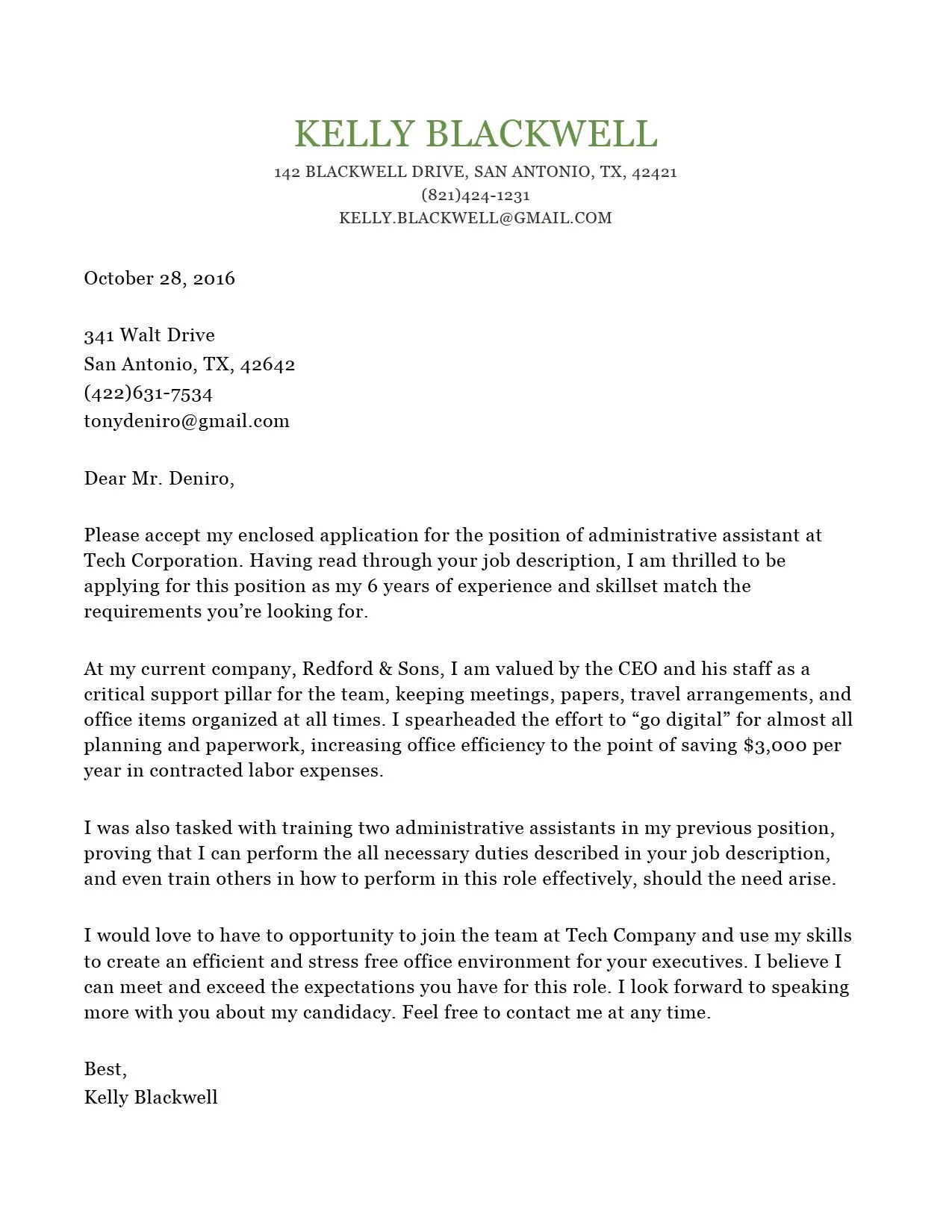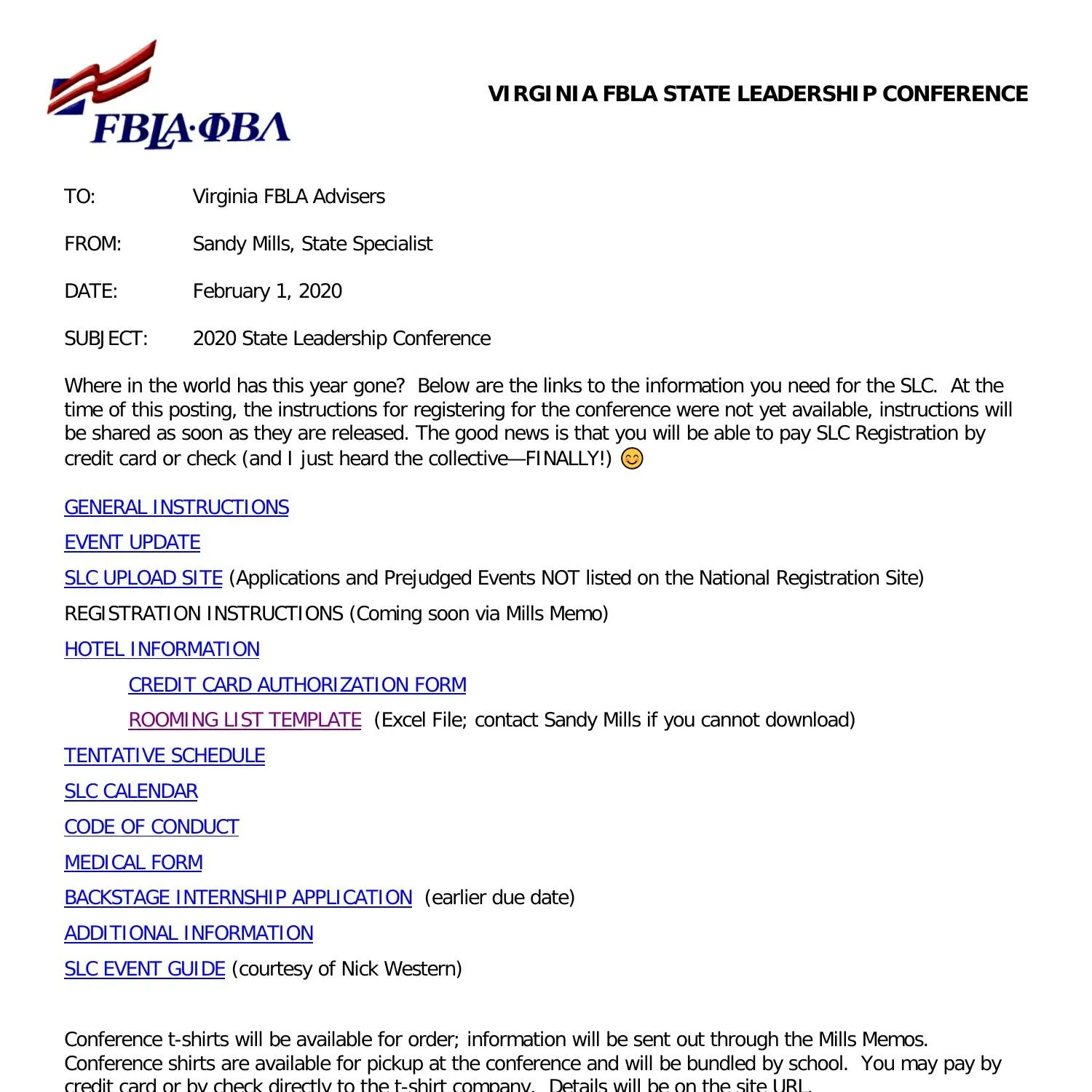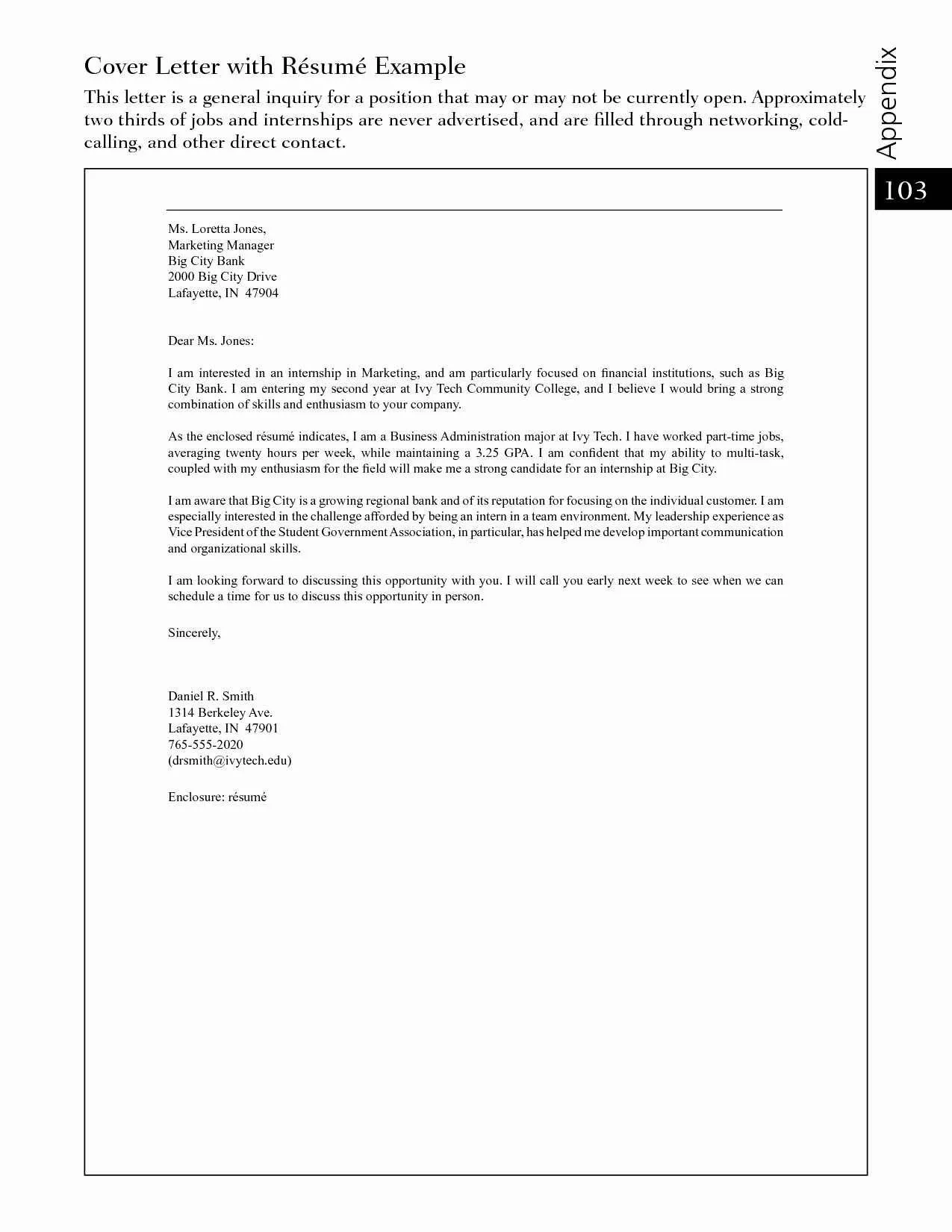Cover Letter Basics
A cover letter is a crucial document accompanying your resume when applying for jobs. It serves as your introduction, allowing you to highlight your skills, experience, and enthusiasm for the specific position and company. Unlike your resume, which provides a concise overview of your qualifications, a cover letter allows you to elaborate on your relevant experiences and explain why you are the ideal candidate. It’s your chance to make a strong first impression and persuade the hiring manager to read your resume and consider you for an interview. Crafting a compelling cover letter can significantly increase your chances of landing a job, so it’s an essential part of your job application strategy.
Understanding the Purpose of a Cover Letter
The primary purpose of a cover letter is to introduce yourself and demonstrate your suitability for a job. It provides context to your resume, explaining how your skills and experience align with the job requirements. A well-written cover letter shows your personality, communication skills, and genuine interest in the role and the company. It also allows you to address any potential concerns, such as gaps in your employment history or career changes. Ultimately, the cover letter aims to convince the hiring manager that you are worth considering for an interview by showcasing your unique value proposition and aligning your qualifications with the employer’s needs.
Key Components of a Cover Letter

A strong cover letter typically includes several key components that work together to present a cohesive and persuasive argument. These include a clear header with your contact information, a professional salutation, an engaging opening paragraph that grabs the reader’s attention, and body paragraphs that highlight your relevant skills and experiences. The letter should also showcase your understanding of the company and the specific job requirements, demonstrating how your qualifications align with their needs. Finally, a compelling closing paragraph that expresses your enthusiasm and includes a call to action, such as requesting an interview, is essential to leave a lasting impression. Each component should be carefully crafted to create a unified and compelling narrative.
Cover Letter Structure
Structuring your cover letter effectively is crucial for conveying your message clearly and persuasively. The structure should be logical, easy to follow, and tailored to the job and company. A standard cover letter structure typically includes a header, a salutation, an opening paragraph, body paragraphs, and a closing paragraph. Each section serves a specific purpose, and they should flow together seamlessly to create a compelling narrative. By organizing your content in a well-structured manner, you make it easier for the hiring manager to understand your qualifications and appreciate your value as a potential candidate.
Header and Contact Information
The header of your cover letter should include your contact information and the date. Include your full name, phone number, email address, and optionally your LinkedIn profile URL. Ensure the header is formatted professionally and consistent with your resume. This information allows the hiring manager to easily contact you if they want to learn more about your qualifications. Double-check all details for accuracy to avoid any potential miscommunication or delays in the application process. Always include the date to show when the letter was written.
Salutation

The salutation sets the tone for your cover letter. If possible, address the hiring manager by name, such as “Dear Mr. Smith.” Research the hiring manager’s name through the company website or LinkedIn. If you can’t find a name, a general salutation like “Dear Hiring Manager” is acceptable. Avoid overly casual greetings like “Hello” or “Hi.” The salutation should be professional and respectful, indicating your attention to detail and genuine interest in the opportunity. Using the correct name shows you’ve taken the time to personalize your application.
Opening Paragraph Grab Their Attention
Your opening paragraph is your first chance to make a strong impression. It should immediately capture the reader’s attention and express your interest in the position. State the specific job you’re applying for and where you found the listing. Briefly mention why you are excited about the opportunity and the company. You might also include a compelling achievement or a statement of your career goals that aligns with the company’s values. This initial paragraph should be concise and impactful, encouraging the reader to continue reading the rest of your letter. Make it memorable to make the hiring manager eager to read more.
Body Paragraphs Showcase Your Value
The body paragraphs form the core of your cover letter, where you showcase your skills, experience, and accomplishments. Tailor these paragraphs to the job description, highlighting the most relevant qualifications. Provide specific examples of your achievements, demonstrating how you’ve successfully applied your skills in previous roles. Explain how your experience aligns with the requirements of the position, emphasizing the value you can bring to the company. Use clear, concise language and avoid jargon. The goal is to convince the hiring manager that you possess the necessary abilities and are a great fit for the role.
Highlighting Relevant Skills and Experience

When describing your skills and experience, focus on the qualifications most relevant to the job description. Identify the key requirements listed in the job posting and provide examples of how you’ve demonstrated those skills in past roles. Use action verbs to describe your accomplishments, such as “managed,” “led,” “developed,” or “achieved.” Quantify your achievements whenever possible to provide concrete evidence of your abilities. Align your experiences with the company’s needs, and explain how your skills will help you succeed in the new position. Show, don’t just tell, the hiring manager what you can do.
Quantifying Achievements
Quantifying your achievements strengthens your cover letter by providing concrete evidence of your capabilities. Instead of simply stating that you increased sales, specify the percentage increase. If you improved efficiency, mention the specific percentage or amount of time saved. When possible, use numbers, percentages, and data to support your claims. Quantifiable results make your accomplishments more impactful and demonstrate your ability to make a tangible contribution to the company. This helps the hiring manager understand the direct impact you can have on their organization.
Tailoring to the Job Description
Tailoring your cover letter to the specific job description is essential. Carefully review the job posting and identify the key skills, experience, and qualifications the employer is seeking. Then, customize your cover letter to address those requirements directly. Use keywords from the job description in your letter, and provide specific examples of how your skills and experience align with the company’s needs. Demonstrating that you understand the role and have the necessary abilities will make you stand out from other applicants. Customization is key to showing your genuine interest and suitability for the position.
Closing Paragraph Call to Action

Your closing paragraph should summarize your interest in the position and reiterate your qualifications. Express your enthusiasm for the opportunity and thank the hiring manager for their time and consideration. Include a clear call to action, such as requesting an interview or expressing your willingness to discuss your qualifications further. Make sure the closing is professional and confident. A well-crafted closing paragraph leaves a lasting positive impression and encourages the hiring manager to take the next step in the process, thus increasing your chances of getting an interview.
Cover Letter Formatting
Proper formatting is essential for presenting your cover letter professionally. The layout, font, and spacing should be clean and easy to read. A well-formatted cover letter demonstrates your attention to detail and professionalism. It’s also crucial for ensuring your message is easily understood by the hiring manager. A polished appearance reflects well on you and increases your chances of making a positive first impression.
Font and Style
Choose a professional and readable font for your cover letter, such as Times New Roman, Arial, or Calibri. The font size should be between 10 and 12 points. Avoid using overly stylized or unusual fonts that may be difficult to read. Use a consistent font throughout the entire letter. This ensures a clean and professional appearance. Using a standard font makes your cover letter accessible and easy to read, which is essential for communicating your qualifications effectively.
Margins and Spacing

Use standard one-inch margins on all sides of your cover letter. Double-space between paragraphs for readability. Use single spacing within paragraphs. Proper spacing makes the letter visually appealing and easier to read. Ensure the text is aligned to the left, and avoid justifying the text. The formatting should be consistent throughout the document. Proper margins and spacing make your cover letter more professional and improve readability.
Proofreading and Editing
Proofread and edit your cover letter carefully before submitting it. Check for grammatical errors, typos, and spelling mistakes. Have someone else review your letter to catch any errors you might have missed. Poorly written cover letters can make you seem careless or unprofessional. Proofreading ensures that your cover letter is polished and error-free. It demonstrates your attention to detail and commitment to presenting yourself in the best possible light. This step is critical for leaving a positive impression.
Cover Letter Examples
Reviewing cover letter examples can help you understand how to structure and format your own cover letter effectively. Different examples are available based on your experience level and type of role. By looking at examples, you can gain insight into best practices and adapt them to your specific situation. Remember to personalize the example to reflect your unique skills and experiences, as well as the specific requirements of the job you’re applying for. This process will help you create a compelling cover letter that stands out.
Example for Entry-Level Positions
When applying for entry-level positions, your cover letter should emphasize your academic achievements, internships, and any relevant extracurricular activities. Highlight any transferable skills you’ve gained through these experiences, such as communication, teamwork, and problem-solving. If you have limited professional experience, focus on demonstrating your enthusiasm, willingness to learn, and ability to contribute to the company. Tailor your letter to the specific requirements of the role and demonstrate your potential to grow within the company. Provide details on how your skills and experience align with the job responsibilities. This builds credibility with the hiring manager.
Example for Mid-Career Professionals
For mid-career professionals, your cover letter should showcase your significant professional accomplishments and quantify your achievements. Focus on demonstrating your expertise, leadership abilities, and ability to drive results. Highlight your relevant experience, the impact you’ve made in previous roles, and how you’ve contributed to company growth. Tailor your letter to the specific job requirements, emphasizing your ability to add immediate value. Provide details of past contributions, and how your expertise can enhance the company’s performance.
Example for Career Changers
When changing careers, your cover letter must demonstrate your adaptability and explain how your transferable skills align with the new role. Identify the skills and experiences that are relevant to the new field and highlight them. Explain your career change motivations, and show your genuine interest in the new industry. Address any potential concerns about your lack of direct experience by emphasizing your eagerness to learn and your commitment to succeeding in the new role. You must convey why you are making the career change. Outline a plan for adapting your skills.
Common Cover Letter Mistakes
Avoiding common cover letter mistakes is essential to make a positive impression and increase your chances of getting an interview. Many errors can undermine your application, so it’s crucial to be aware of them and take steps to avoid them. Paying attention to detail and taking the time to review your cover letter thoroughly will help you present yourself as a qualified and professional candidate. Be sure your letter makes an immediate impact, to set yourself apart from the other job applicants.
Generic Cover Letters
Using a generic cover letter is a common mistake that can significantly reduce your chances of getting hired. Generic letters are often seen as impersonal and demonstrate a lack of effort or interest in the specific job and company. Tailor each cover letter to the specific job requirements and the company. Research the company and customize the content to show your understanding of their values and needs. Personalizing your letter demonstrates your genuine interest and increases your chances of standing out from other applicants. Make the hiring manager feel like you wrote specifically for them.
Typos and Grammatical Errors
Typos and grammatical errors can immediately damage your credibility. They suggest a lack of attention to detail and a lack of professionalism. Always proofread your cover letter carefully before submitting it. Use a grammar and spell-checking tool to identify potential errors. Have someone else review your letter to catch any mistakes you might have missed. A polished and error-free cover letter demonstrates your attention to detail and commitment to excellence, which will help you get an interview.
Too Much Information
Avoid including too much information in your cover letter. Keep it concise and focused on the most relevant qualifications and experiences. A cover letter is meant to be a brief overview, not a comprehensive autobiography. Stick to the essential details and focus on highlighting what makes you the best fit for the job. Lengthy or overly detailed letters can be difficult to read and may cause the hiring manager to lose interest. Focus on making a strong first impression with a concise and well-crafted message.
Conclusion
Writing a compelling cover letter is a critical step in the job application process. By understanding the basics, structuring your letter effectively, and avoiding common mistakes, you can significantly increase your chances of landing an interview. Remember to tailor your cover letter to each specific job and company, highlighting your relevant skills and experiences. Proofread carefully, and use clear, concise language. A well-written cover letter is a powerful tool that can help you make a strong first impression and demonstrate your value as a candidate. Following these guidelines, you will be well on your way to success.
